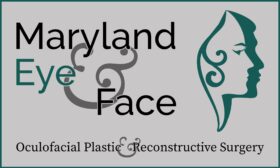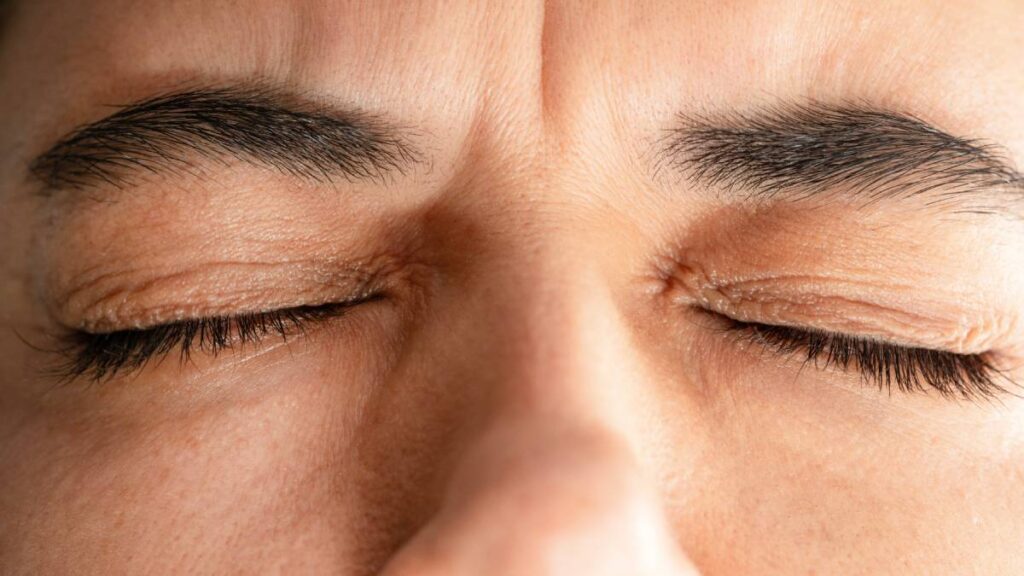Looking in the mirror and noticing one eyelid hanging a little lower than the other can cause feelings of concern. You may be wondering if something more serious is going on. This condition is formally known as ptosis. Aging or weak muscles can sometimes cause it, but for some, nerve damage is the driving force. Can nerve damage cause ptosis? Yes—when the nerves controlling eyelid movement are affected, drooping can occur and may signal an underlying issue. The only way to definitively know is to be checked by a specialist trained in oculoplastic surgery and ptosis repair, since ptosis can be a symptom of an underlying health issue.
What Ptosis Is
Ptosis means drooping of the upper eyelid. It can be present in one or both eyes, ranging from mild sagging to a lid so low that it obstructs your vision. This can be a condition one is born with, referred to as congenital ptosis, or it can develop later in life. Beyond the cosmetic concern, drooping lids can cause eye strain, headaches, and even interfere with activities such as reading or driving.
Causes of Ptosis
Not all ptosis is the result of nerve damage. Some cases are related to natural aging, where muscles that lift the eyelid weaken or stretch. Trauma to the eyelid can also disrupt its normal function. Contact lens wear over many years can also contribute to the condition. Furthermore, there are a few medical conditions that can lead to ptosis.
How Nerve Damage Contributes to Drooping Eyelids
The eyelid’s movement depends on more than just muscle strength alone. Nerves control those muscles; if nerves are damaged, the eyelid doesn’t respond the way it should. Injury or disease affecting the main nerve involved in eyelid movement can cause sudden or severe ptosis. Conditions like stroke, diabetes-related nerve damage, brain aneurysms, or head trauma are all linked to nerve-related ptosis.
The sympathetic nerve pathway can also play a role. Damage here may be associated with conditions like Horner’s Syndrome, which causes drooping and a smaller pupil size. If you notice sudden ptosis with other symptoms, such as double vision or a severe headache, it may be an emergency.
Diagnosing Ptosis
The first step is typically a complete eye exam. Your doctor measures the position of your eyelids, checks your pupil response, and looks for any differences between your eyes. If nerve damage is suspected, imaging tests such as MRI or CT scans may be performed. Blood tests might also be requested in cases where diabetes or autoimmune conditions are suspected. The important step is to seek medical attention.
Treating Ptosis
Treatment relies heavily on the underlying cause. If diabetes or another condition is behind the nerve damage, managing the condition is the first step. In many cases, individuals report improvement once the underlying issue is under control and properly managed.
If drooping persists or interferes with vision, surgical correction is often recommended. Ptosis repair is a procedure that shortens or strengthens the eyelid muscle, allowing it to lift the eyelid more effectively. Some only require a minor adjustment, while others necessitate a more advanced technique, depending on the extent of the damage.
When to Seek Professional Care
A drooping eyelid may not just be a cosmetic issue. If your eyelid has been gradually sagging for years, you may be compelled to ignore it. But if the onset is sudden or you notice co-occurring symptoms like double vision, pain, or headaches, you should seek medical care right away. Even if the cause turns out to be minor, ruling out severe conditions like stroke or aneurysm is worth the visit.
CTA: Schedule an exam with an oculoplastic surgeon today and find out if ptosis repair may be right for you.
Reference: Somogyi, M. & Watson, A. (2023). YO Need to Know: 5 Causes of Dangerous Asymmetric Ptosis.

